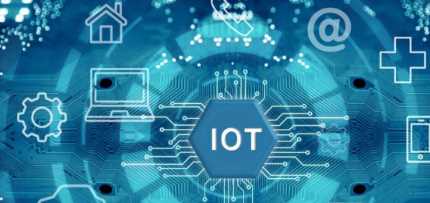The Internet of Things (IoT) has revolutionized the way we interact with technology and the world around us. With the proliferation of interconnected devices, IoT has also brought about significant changes in data analytics and decision-making processes. In this article, we will explore how IoT impacts data analytics and decision-making, and the benefits it offers in enhancing the efficiency and effectiveness of these processes.
Enriching Data Collection
IoT devices generate a vast amount of real-time data by continuously monitoring and sensing the environment. This data includes information about user behavior, device performance, environmental conditions, and more. By integrating IoT devices into data analytics frameworks, organizations can access a wealth of high-quality and granular data that was previously inaccessible. This enriched data collection provides valuable insights into various aspects of business operations, customer behavior, and overall system performance.
Real-time and Continuous Data Analysis
Traditional data analytics often relied on batch processing and historical data analysis. With IoT, real-time and continuous data analysis becomes possible. IoT devices transmit data in real-time, enabling organizations to monitor and analyze data as it is generated. This real-time data analysis allows businesses to identify patterns, trends, and anomalies immediately, facilitating quicker decision-making and response to changing conditions. It is particularly beneficial in time-sensitive applications such as predictive maintenance, supply chain optimization, and fraud detection.
Enhanced Predictive Analytics
IoT devices enable the collection of data from various sources, including sensors, wearables, and connected devices. This diverse dataset allows organizations to apply advanced predictive analytics algorithms and machine learning techniques. By analyzing real-time and historical data together, organizations can gain insights into future trends, make accurate predictions, and identify potential risks or opportunities. This enhanced predictive analytics capability helps businesses optimize their operations, improve customer satisfaction, and drive innovation.
Improved Decision-Making Processes
IoT empowers decision-makers with timely and accurate information. By integrating IoT data with existing business data and analytics platforms, decision-makers can make data-driven decisions based on real-time insights. For example, in supply chain management, IoT devices can provide visibility into inventory levels, transportation conditions, and demand patterns. This real-time information enables organizations to optimize logistics, reduce costs, and meet customer expectations more effectively.
Proactive and Automated Decision-Making
IoT facilitates proactive and automated decision-making through the use of intelligent systems. By leveraging real-time data and advanced analytics, organizations can automate decision-making processes for routine tasks and scenarios. For instance, in smart homes, IoT devices can automatically adjust temperature settings based on occupancy and weather conditions. In industrial settings, IoT-enabled systems can autonomously detect equipment failures and trigger maintenance requests. This proactive and automated decision-making not only improves efficiency but also reduces the likelihood of human error.
Personalized Customer Experiences
IoT data enables organizations to gain a deeper understanding of their customers and deliver personalized experiences. By analyzing data from IoT devices such as wearables and connected appliances, businesses can gather insights into individual preferences, behavior patterns, and usage habits. This data can be leveraged to tailor products, services, and marketing campaigns to meet specific customer needs and preferences. By offering personalized experiences, organizations can enhance customer satisfaction, loyalty, and ultimately drive business growth.
Conclusion
The advent of IoT has transformed data analytics and decision-making processes. The rich and real-time data generated by IoT devices has enabled organizations to gain deeper insights, enhance predictive analytics, and make informed decisions. Real-time and continuous data analysis, proactive and automated decision-making, and personalized customer experiences are just a few examples of how IoT has revolutionized the way businesses operate.




Leave Comment